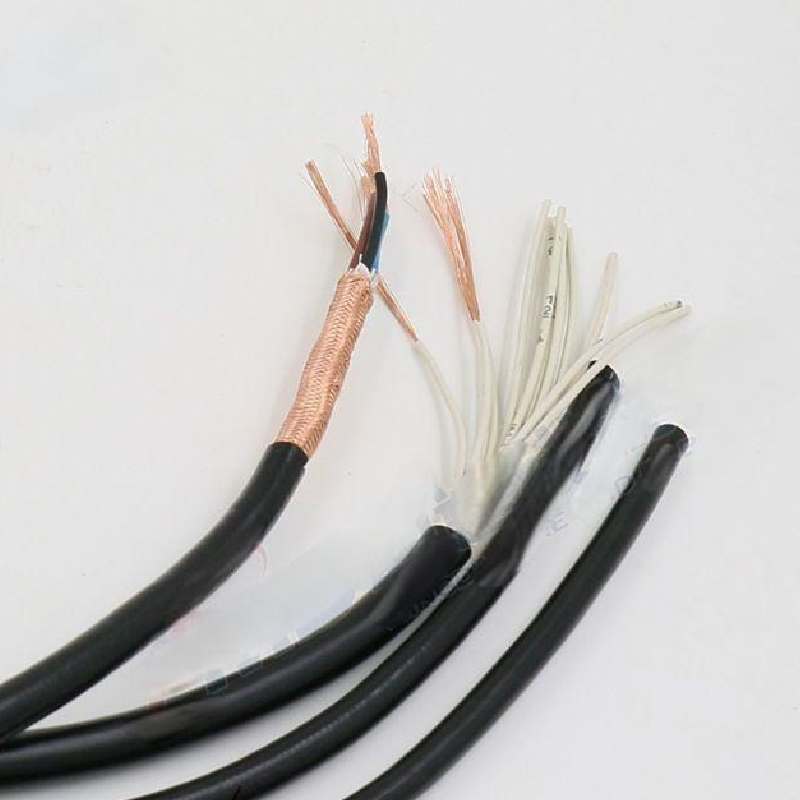Dec . 22, 2024 10:54 Back to list
ball valve
Understanding Ball Valves A Key Component in Fluid Control
Ball valves are a vital component in various industrial applications, playing a crucial role in the control of fluid flow. Their design is simple yet effective, making them a popular choice for many engineers and operators. This article will explore the anatomy of ball valves, their functionality, advantages, applications, and considerations for selection and maintenance.
Anatomy of a Ball Valve
A ball valve consists of three main parts the body, the ball, and the stem. The body is the valve’s outer casing, typically made of robust materials such as stainless steel, brass, or PVC, designed to withstand high pressures and corrosive environments. Inside the body sits the ball, which has a bore through the center. The stem connects the ball to an actuator or a lever, allowing the operator to control the valve’s position.
The ball rotates around its axis, enabling it to block or allow the flow of fluid. When the valve is in the open position, the bore aligns with the pipeline, allowing fluid to pass through without obstruction. Conversely, when the valve is closed, the solid part of the ball blocks the flow, ensuring a tight seal.
Functionality of Ball Valves
Ball valves operate with a quarter-turn motion. This means that turning the valve handle 90 degrees will switch it from a fully open to a fully closed position or vice versa. This design provides quick shut-off capabilities, which is particularly beneficial in emergency situations. Ball valves can be operated manually or through automation, making them versatile for various settings.
Moreover, modern ball valves can be equipped with various types of seals and materials to enhance their sealing capability and ensure longevity even under challenging conditions. They can handle different types of fluids, including gases, water, and chemicals.
Advantages of Ball Valves
ball valve

One of the key advantages of ball valves is their durability. They are less likely to wear out compared to other types of valves, such as gate or globe valves. The simple design minimizes the likelihood of leakage, providing reliable operation. Additionally, ball valves have low flow resistance, which helps maintain system efficiency.
Another advantage is their versatility. Ball valves are available in various sizes and pressure ratings, making them suitable for a wide range of applications, from household plumbing systems to complex industrial processes.
Applications of Ball Valves
Ball valves are commonly used in many sectors, including water and wastewater management, oil and gas, chemical processing, and food and beverage industries. In residential settings, they serve as shut-off valves for water supply lines, while in industrial applications, they control the flow of various corrosive and non-corrosive fluids.
Furthermore, ball valves are employed in heating systems, cooling systems, and even in the manufacturing of pharmaceuticals, owing to their ability to maintain a hygienic environment.
Considerations for Selection and Maintenance
When selecting a ball valve, several factors should be considered. These include the type of fluid being handled, temperature and pressure conditions, and the compatibility of materials with the fluid. It is crucial to choose a valve that meets the specific requirements of the intended application to ensure optimal performance and safety.
Maintenance of ball valves is relatively straightforward. Regular checks for leaks, especially around the stem and seals, are essential for ensuring continued functionality. If a valve is operated frequently, it is advisable to perform periodic inspections to assess wear and replace parts as necessary.
In conclusion, ball valves are essential tools in fluid control across various industries. Their durability, quick operation, and versatility make them ideal for numerous applications. Understanding the workings and benefits of ball valves can help engineers and operators maximize their efficiency and reliability in any setting. Whether in a residential plumbing configuration or a complex industrial system, the importance of ball valves cannot be overstated.
Share
-
Reliable Wafer Type Butterfly Valves for Every IndustryNewsJul.25,2025
-
Reliable Flow Control Begins with the Right Ball Check ValveNewsJul.25,2025
-
Precision Flow Control Starts with Quality ValvesNewsJul.25,2025
-
Industrial Flow Control ReliabilityNewsJul.25,2025
-
Engineered for Efficiency Gate Valves That Power Industrial PerformanceNewsJul.25,2025
-
Empowering Infrastructure Through Quality ManufacturingNewsJul.25,2025